Yellowstone National Park
A Photo Journal of America's First and
Best National Park
Article Date: January, 2015
Article and Photography by Mark Quasius
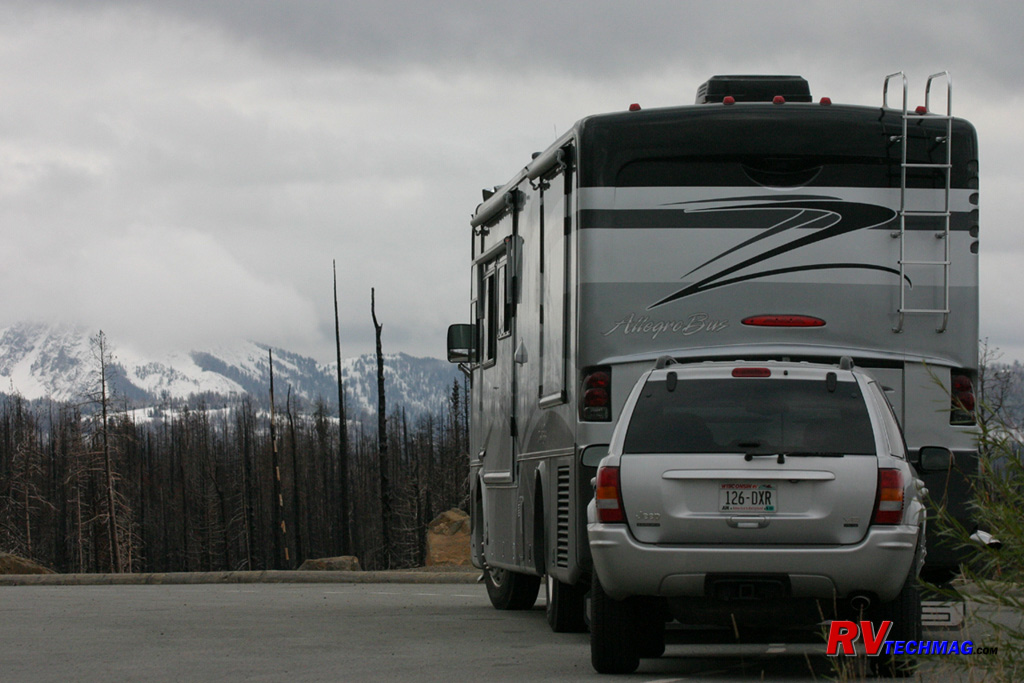
Madison River Area
Visitors entering Yellowstone from West Yellowstone enter the park via the west entrance. The 14 mile drive to Madison follows
the Madison River as it flows out of the park to the west, eventually emptying into the Missouri River at Three Forks, Montana. This drive runs through
a valley, flanked on either side by mountains. The Madison River meanders through a series of Meadows which are inhabited by Bison and Elk. The river
and its bank support Great Blue Herons, Sandhill Cranes, and the endangered Trumpeter Swans. River Otters may be seen playfully swimming in the river
and many vehicle pullouts allow plenty of room for visitors to park and marvel at the wildlife abundant to this area. The Madison area is where the
Hayden expedition of 1894 camped and the idea was proposed to preserve this land from development. It's also the area where the Gibbon and Firehole
Rivers give up their waters and join the Madison River.
Madison is somewhat of a central hub for transportation. Its location allows you to branch out to explore other areas of the
park. From Madison intersection you have choice of heading north to Mammoth, Norris, or Canyon or south to Old Faithful, Lake, or the south entrance.
You may also meet up with a Bison jam when in the area because Bison frequently move through this area to access other graving areas and tend to
clog the road as it narrows leaving Madison. This is also the area where the Nez Perce passed through when Chief Joseph lead his tribe away from
the pursuing cavalry that wanted to relocate them to a reservation.
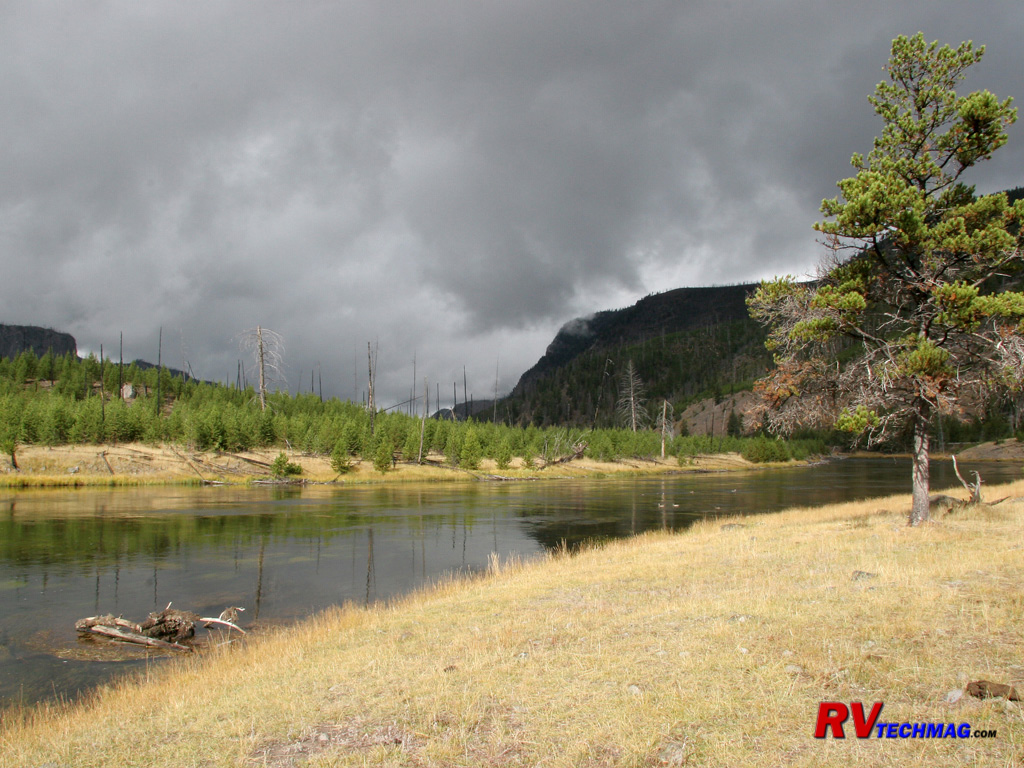
Madison River
Shortly after entering the park, the road from the west entrance, the river meanders through an area of regrowth that was
devastated by the fires of 1988. There are storm clouds brewing in the distance and Yellowstone may be in for a brief September snow storm. Such
storms pop up quickly and disappear just as fast, taking with them all evidence of their visit.
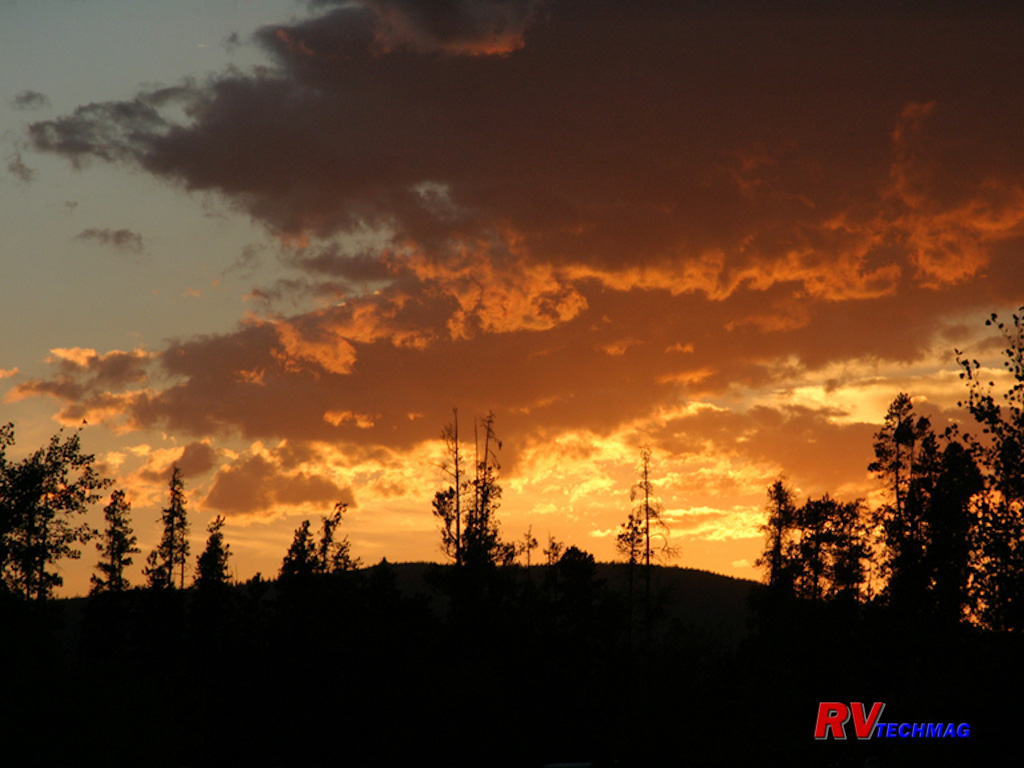
Sunset Over West Entrance
The evening skies can turn bright hues of red and amber as the sun sets to the west of Yellowstone. Evening drives
leaving the park and heading to West Yellowstone can reward one with
spectacular sunsets.

Bald Eagle
Bald eagles stand watch over the Madison River high up on the ridge in snags left standing after the 1988 fires waiting for
the right moment to swoop down and catch a cutthroat trout for a meal.

River Otters
River Otters make their homes in the muddy banks of the Madison River. While rarely available for photographs, they can
occasionally be seen gracefully frolicking in the water wherever logs or brush are found.
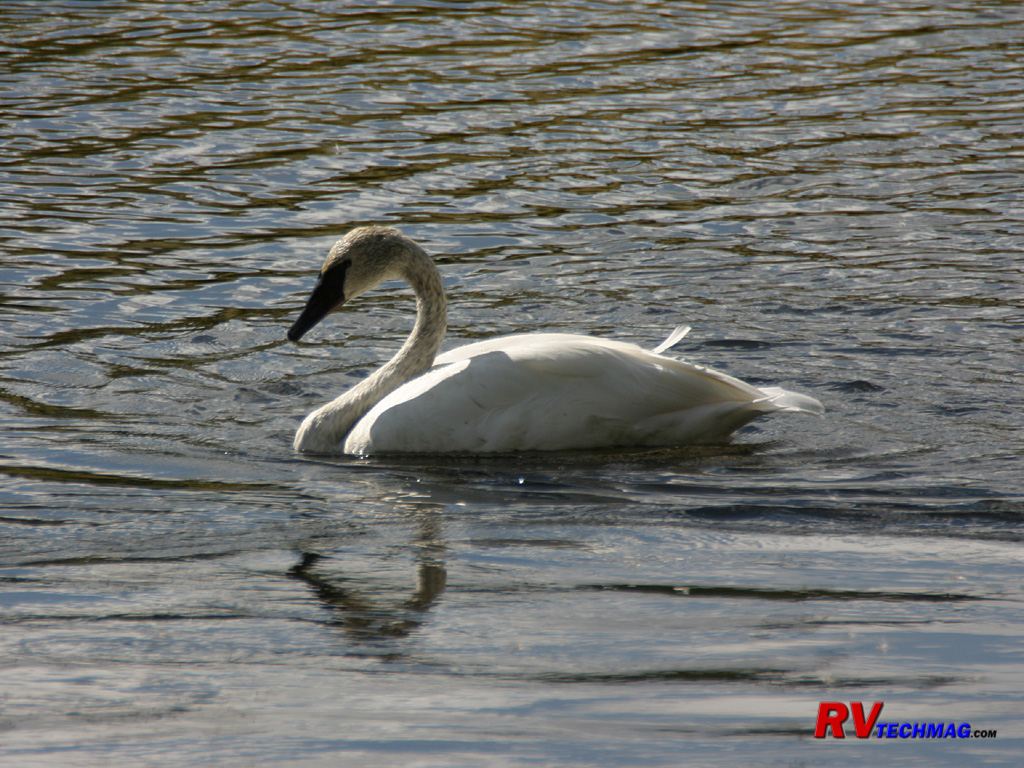
Trumpeter Swan
Trumpeter Swans are a reclusive bird and normally shy away from humans. There is a mating pair of Trumpeters who live on
the Madison River and can be seen floating gracefully on the water. When they do fly their loud honking noise easily identifies these large birds,
who are on the endangered list.
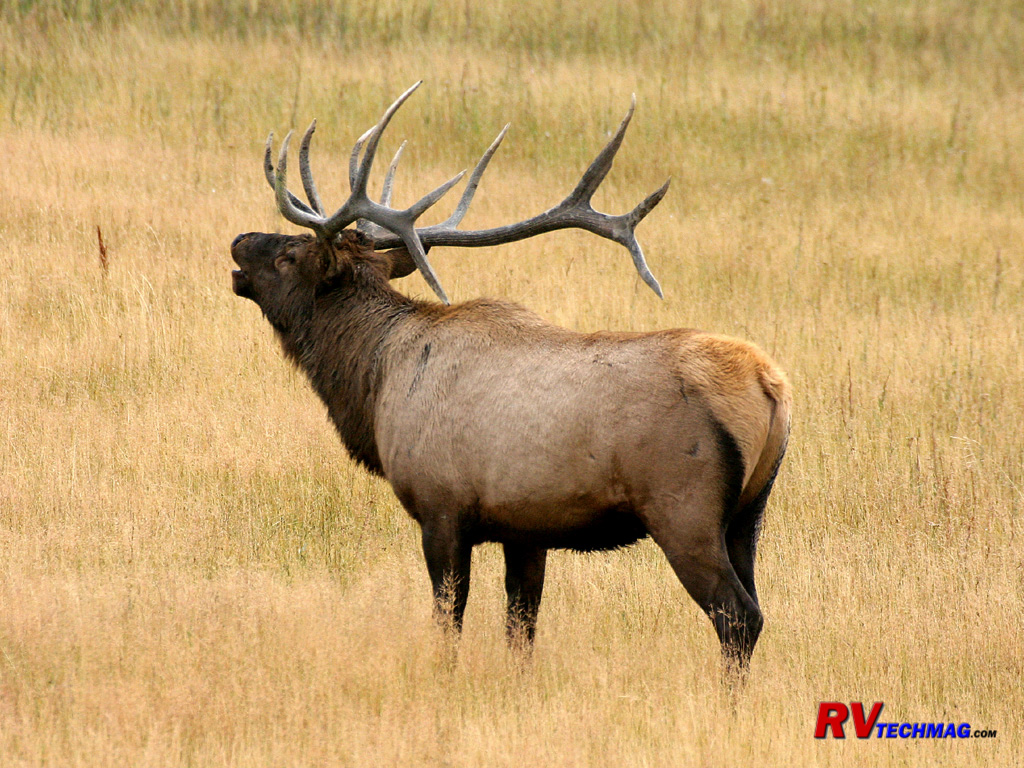
Bull Elk
In the fall the elk rut is in full swing and the bulls are seen bugling to draw their harem together. The Madison River
Valley is a popular place to find bull elk during the rut because it's popular place year round and provides water and good grazing. It's also an
awesome place to hear the bull elk's bugles as they resound and echo through the valley.
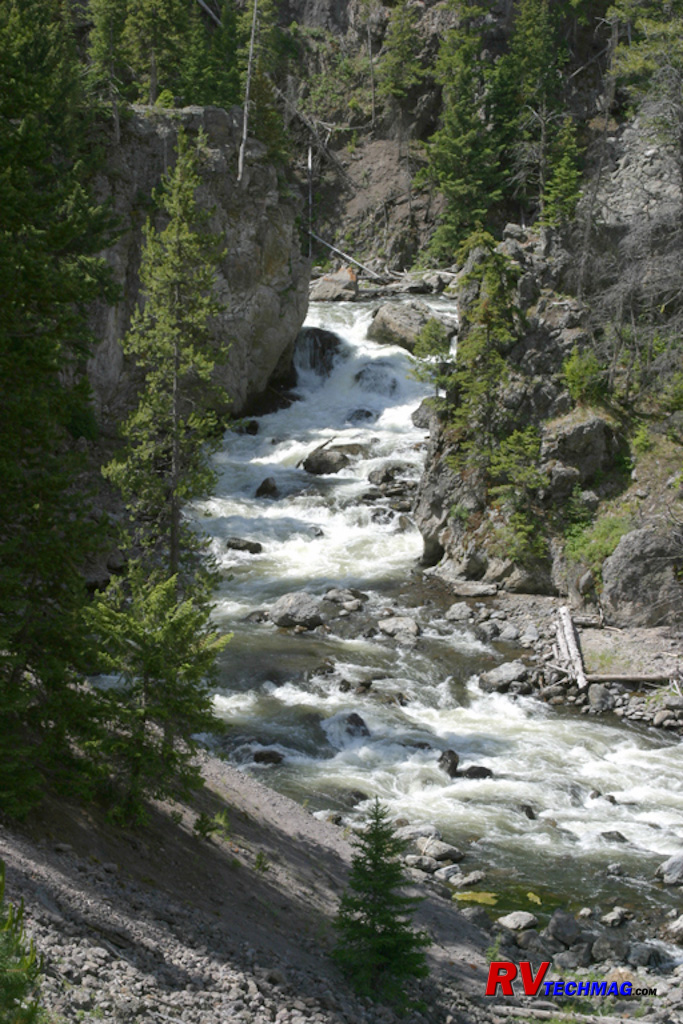
Firehole Canyon
Immediately south of Madison junction is the Firehole Canyon Drive. This one way road winds through Firehole Canyon and
overlooks the Firehole River as it cascades through the canyon.
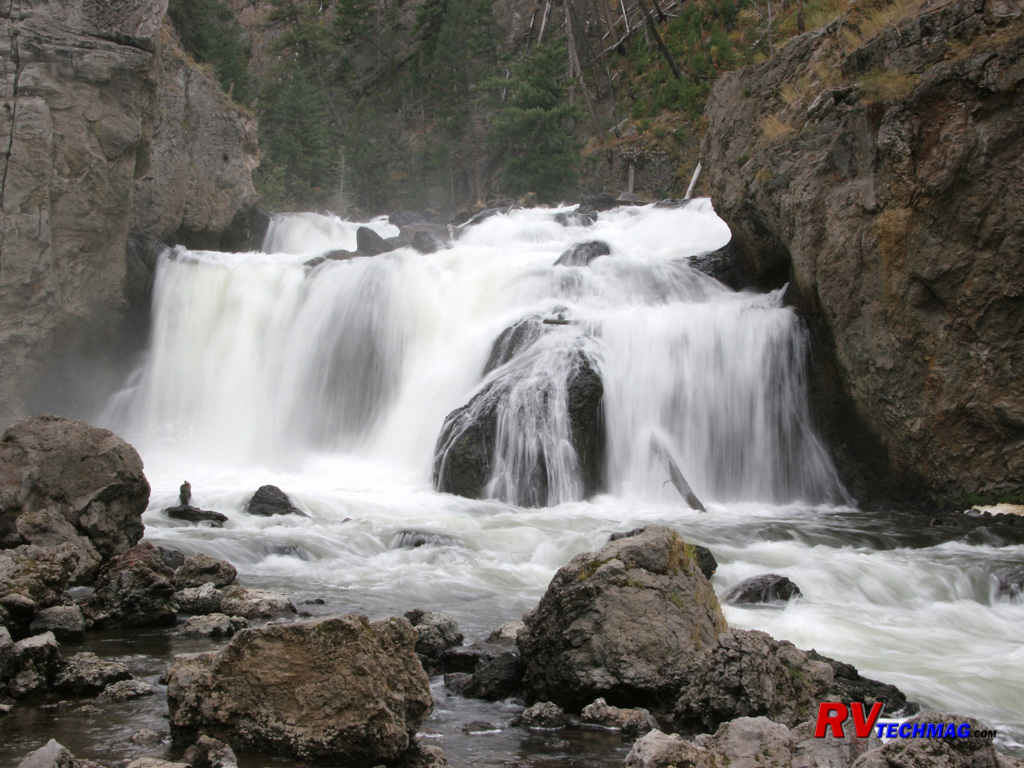
Firehole Falls
Deep inside the Firehole Canyon is Firehole Falls. Upstream is a wide, calm pool where summer tourists are known to take an
occasional dip while downstream is a rock strewn narrow canyon filled with rushing water.

Sunset Over the Madison River
The river calmly makes its way out of the park as the sun sets over the Gallatin Mountains.
Return to Home Page
If you enjoyed this article be sure to recommend RVtechMag.com to your friends, like us on Facebook or Twitter
or subscribe to our RSS feed.



|














